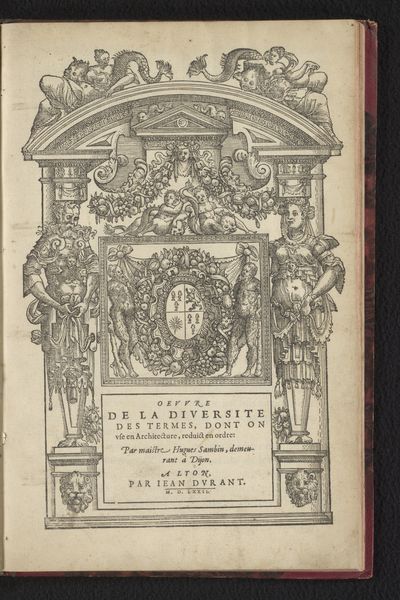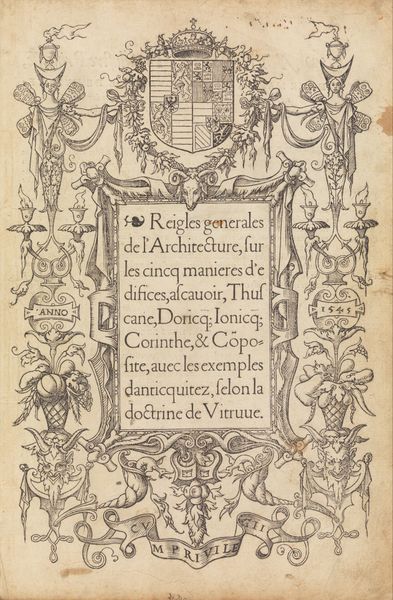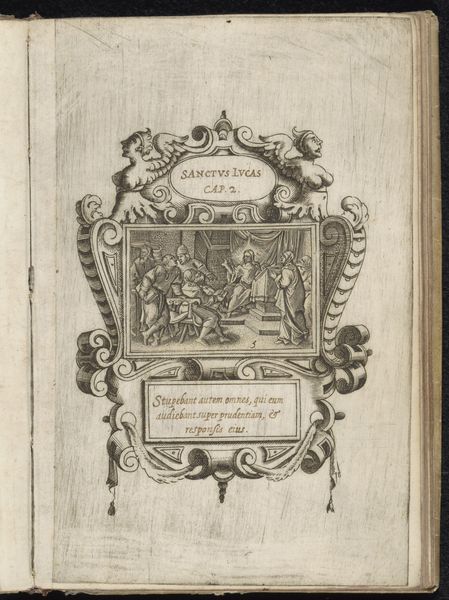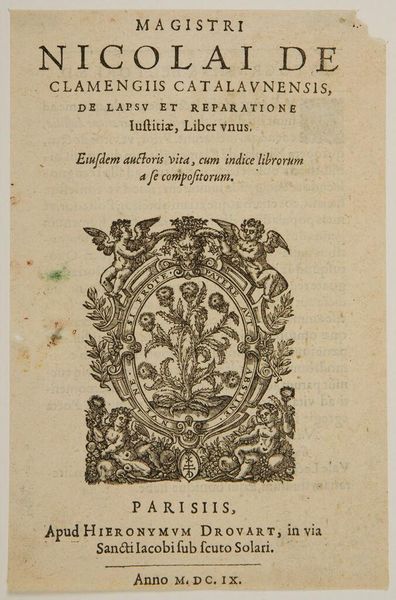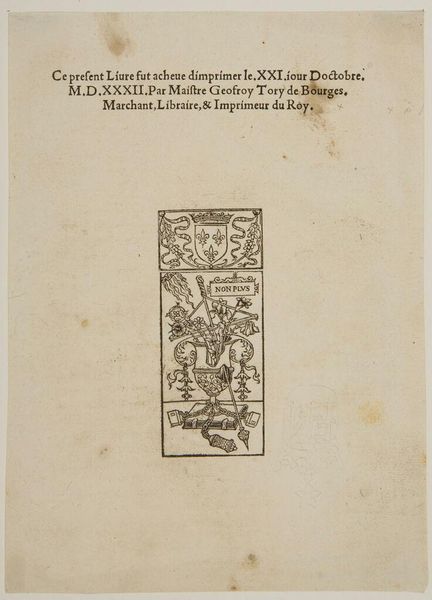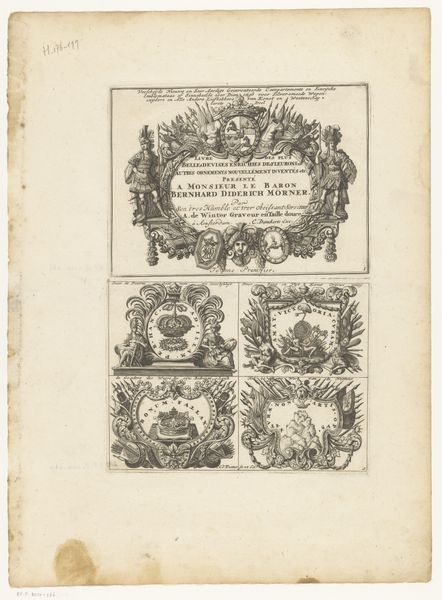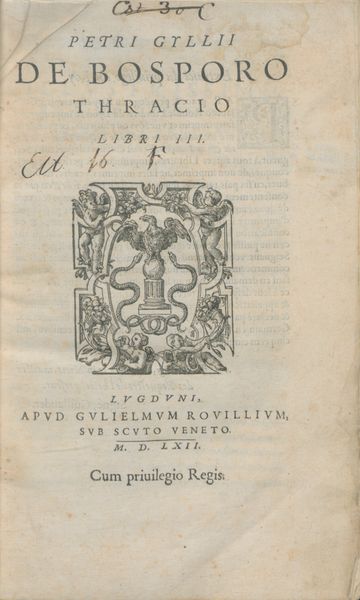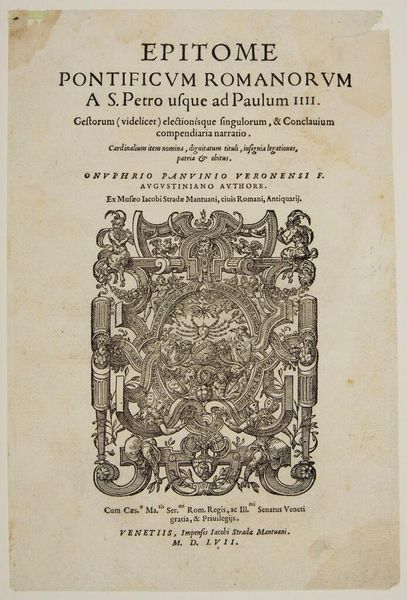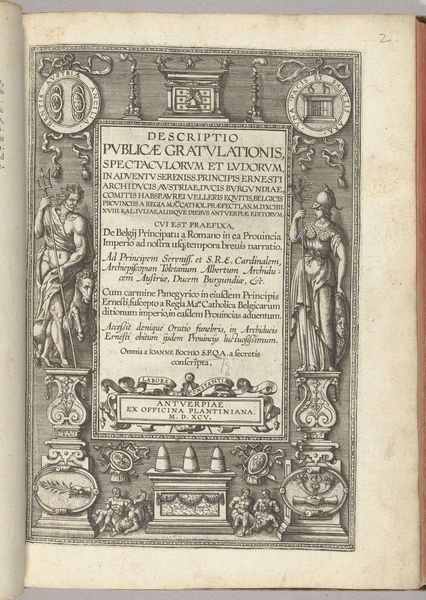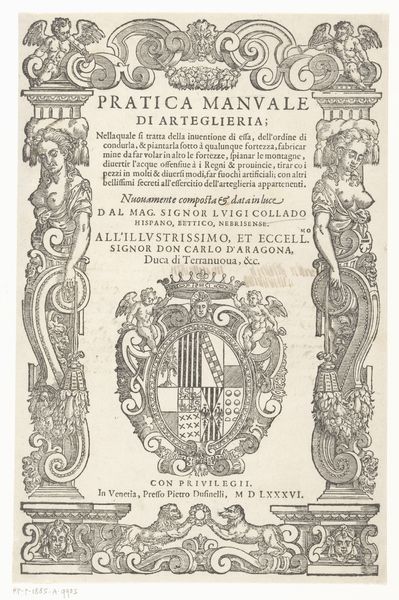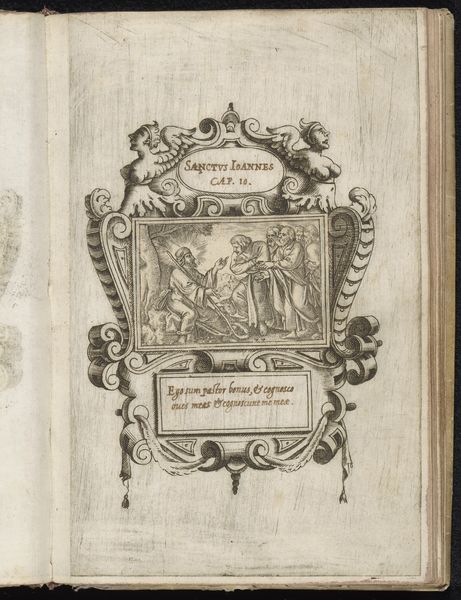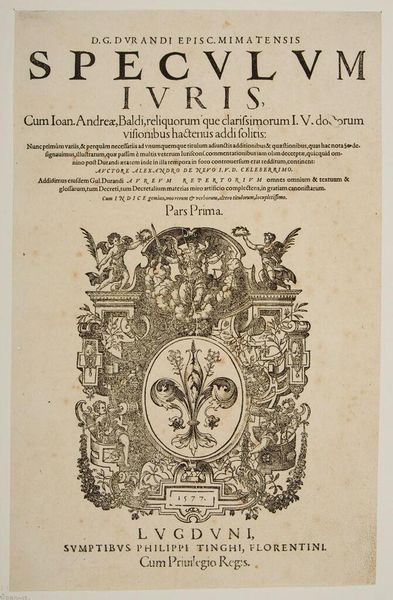![Le triomphe d'Anvers faict en la susception du Prince Philips, Prince d'Espaign[e] by Pieter Coecke van Aelst](/_next/image?url=https%3A%2F%2Fd2w8kbdekdi1gv.cloudfront.net%2FeyJidWNrZXQiOiAiYXJ0ZXJhLWltYWdlcy1idWNrZXQiLCAia2V5IjogImFydHdvcmtzLzYxMDE0Y2NlLTljZTgtNDA0MS05ZGQ3LWU5ODdkYTI3YzMyNy82MTAxNGNjZS05Y2U4LTQwNDEtOWRkNy1lOTg3ZGEyN2MzMjdfZnVsbC5qcGciLCAiZWRpdHMiOiB7InJlc2l6ZSI6IHsid2lkdGgiOiAxOTIwLCAiaGVpZ2h0IjogMTkyMCwgImZpdCI6ICJpbnNpZGUifX19&w=3840&q=75)
Le triomphe d'Anvers faict en la susception du Prince Philips, Prince d'Espaign[e] 1550
0:00
0:00
drawing, print, engraving
#
drawing
# print
#
northern-renaissance
#
engraving
Dimensions: 10 7/16 x 8 1/16 x 13/16 in. (26.5 x 20.5 x 2 cm)
Copyright: Public Domain
This etching by Pieter Coecke van Aelst immortalizes the grand reception of Prince Philip of Spain in Antwerp. Dominating the image is a tapestry of crosses, ornate and interwoven, set against architectural structures. These are not merely religious symbols but assertions of power, reflecting Philip’s staunch Catholicism and the imperial might of Spain. The cross, however, is a shape that resonates far beyond the 16th century. In ancient Egypt, the ankh symbolized life, morphing through epochs into the Christian cross. Yet, here, within this triumphant scene, the cross takes on a more worldly character. It evokes a sense of divine right, intertwining religious authority with political legitimacy. Consider how, subconsciously, the recurrent presence of such iconography affects us. This is an iteration of something primal; this symbol has been charged with meaning through history and each subsequent meaning builds on top of each other, accumulating into a psychological phenomenon that is difficult to disentangle. Thus, the triumph is not merely Philip’s but the cross’s as well, an emblem eternally resurrected.
Comments
No comments
Be the first to comment and join the conversation on the ultimate creative platform.
